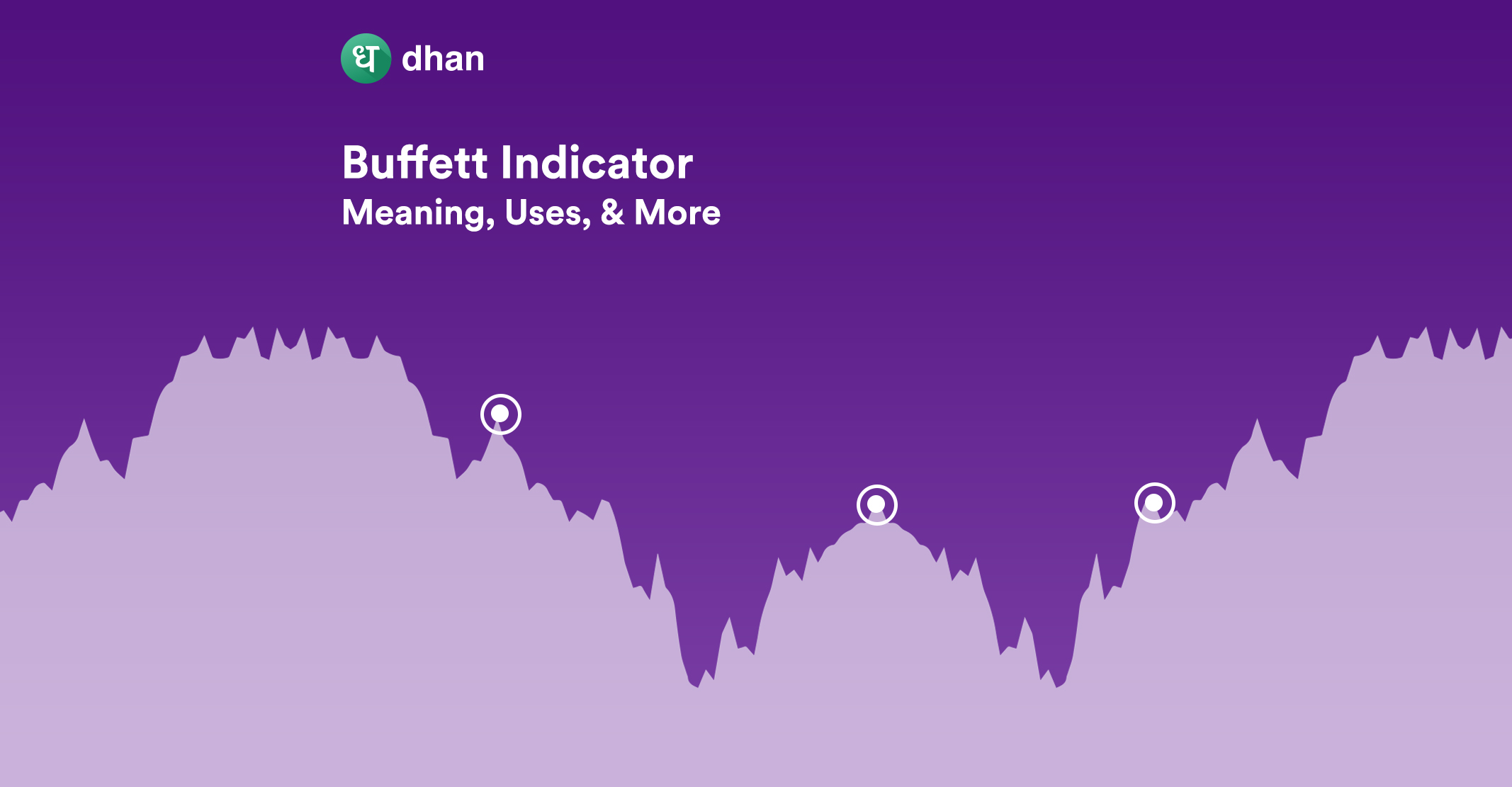Many believe that the journey of a company’s stock ends when it reaches the secondary market. Truth is, there are many actions that a company takes to make the stock more attractive or lucrative. One of these actions is a Bonus Issue. We’re going to help you understand what a Bonus Issue means.
What is a Bonus Issue?
A Bonus Issue is allotment of “free” shares by the company to the existing shareholders. In the case of a bonus, the number of shares increases, but the value of the investment remains the same (price gets adjusted).
Example of a Bonus Issue
Ajay holds 100 shares of a company ABC at ₹100 each as of the record date. Now, ABC has announced a bonus in the ratio 3:1; this means Ajay will receive three shares for free for every one share of ABC.
Ajay will receive 300 shares of ABC as a bonus for the 100 shares of ABC held in his demat account. Thus, the total holdings of Ajay in ABC will be 400 shares (100 original shares + 300 bonus shares).
The CMP of the share on the ex-date will reduce by a factor of 4. Hence, CMP on the ex-date will become ₹100/4 = ₹25. The investment value will however remain the same.
- Value of investment before Bonus issue: 100 × ₹100 = ₹10000
- Value of investment after Bonus issue: 400 × ₹25 = ₹10000
Upcoming Bonus Share Issue – December 2022
| Ex-Date | Company | Bonus Issue Ratio |
| 20/12/2022 | Sarthak Industries | 1:3 |
| 21/12/2022 | Sheela Foam | 1:1 |
| 22/12/2022 | Precision Wires India | 1:2 |
| 22/12/2022 | Zim Laboratories | 2:1 |
| 23/12/2022 | Nurur Recyclers Limited | 1:1 |
| 26/12/2022 | Secular Credentials Limited | 3:1 |
FAQs
1. When can I purchase the shares to be eligible for a bonus?
Shares must be purchased before the ex-date to be eligible for the bonus.
2. When will I know that bonus shares are credited to my DEMAT account?
Bonus shares are credited to your DEMAT account generally after 15 days from the record date, but this depends on the RTA (Registrar & Share Transfer Agents) of the company. You will receive a notification from CDSL (on email and SMS) when your bonus shares get credited to your DEMAT account.
3. Can I trade on the bonus shares right after allotment?
Bonus shares first get credited under a temporary ISIN and will not be permitted for trading immediately. The company has to file for listing approval to the exchange(s). After getting the approval, it usually takes around 3-5 days for the shares to move from the temporary ISIN to the permanent ISIN. The bonus shares will show up on the portfolio only after they are approved for trading.
4. Bonus shares are credited and also approved for trading, still not showing in my holding?
From an operations and risk perspective, most brokers, including Dhan, update the holdings from CDSL at the EOD of the previous day to avoid any discrepancies on the next trading day. When the shares are approved for trading, CDSL moves the shares from temporary ISIN to permanent ISIN in the early morning. Hence, this action is captured after a lag of a day. However, we endeavor to capture it on the day of listing.
5. On the ex-date, my PnL shows a steep dip, why is it?
PnL will show an artificial dip until the bonus shares are credited to the DEMAT account. This is due to adjustments in price on the stock exchange(s) on the ex-date and portfolio being updated upon actual credit of bonus shares. Once the shares are credited, the PnL will be updated automatically. It usually takes around 15 days for the bonus shares to be credited. An SMS from CDSL will be sent when the shares are credited.
6. What if the bonus issue ratio is 1:2 and I have 5 shares?
Here, 1 share will be allotted for every 2 shares held by you. However, as you hold 5 shares, you will be entitled to 2.5 shares. In this case, you will get 2 shares (whole number) as a bonus and for the fractional part of 0.5 shares, the equivalent amount will be credited to the registered bank account by the RTA. This credit for the fraction part of share(s) may take 3-4 weeks.
7. What is the impact on the FnO contracts of the stock?
The FnO prices are divided by a factor of the bonus issue ratio to maintain the same contract value as before the bonus issue. For a 3:1 bonus issue, the factor is 4. Option strike prices are adjusted by dividing them by the factor of the bonus issue ratio.
The revised lot size is arrived at by multiplying the factor with the current lot size. Exchange(s) issue circulars for change in market lot size and price adjustment.
Consider the following example of company ABC.
Bonus ratio: 3:1
Strike price: 100
Lot size: 500
Revised strike price: 100/4 = 25
Revised lot size: 500 x 4 = 2000



